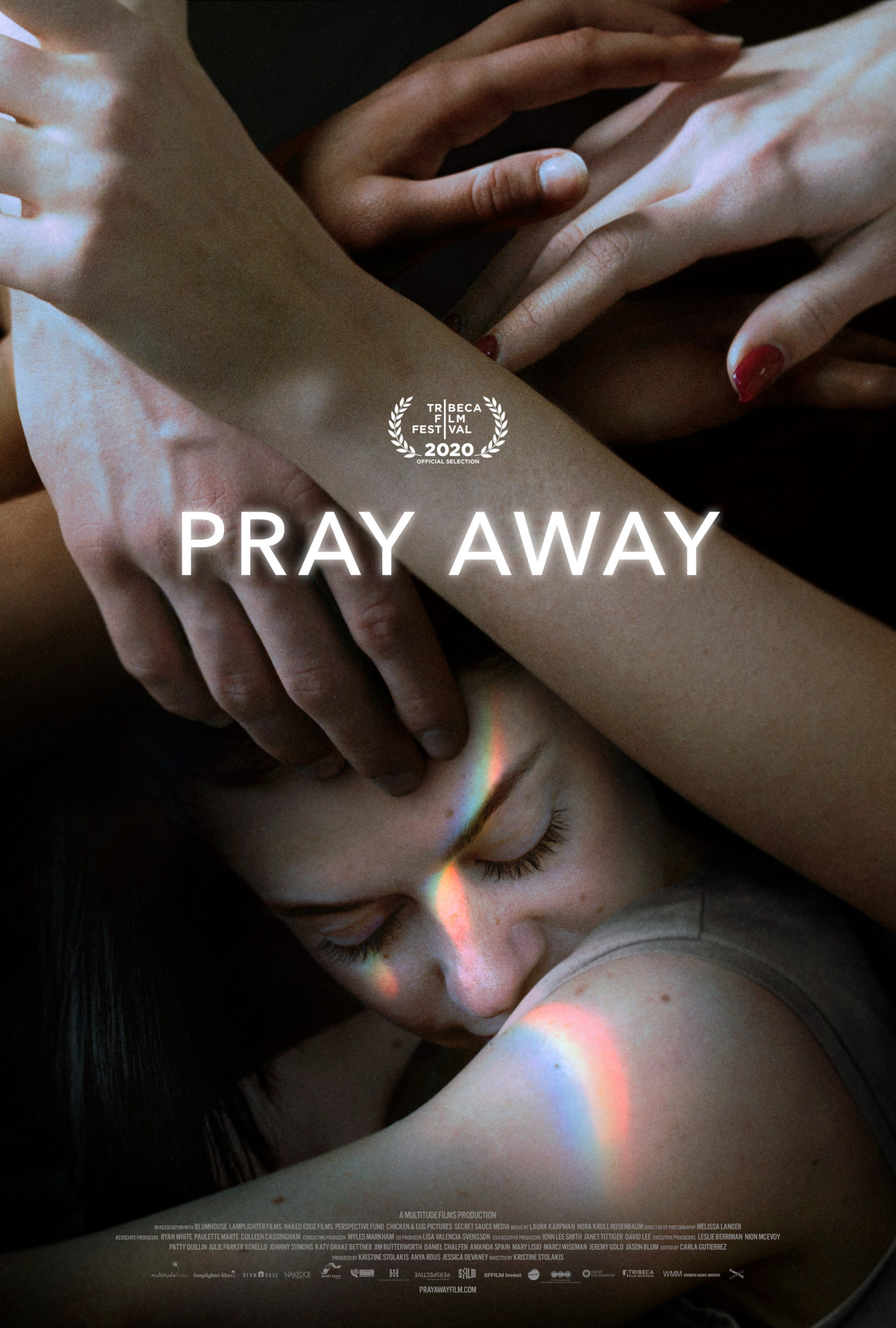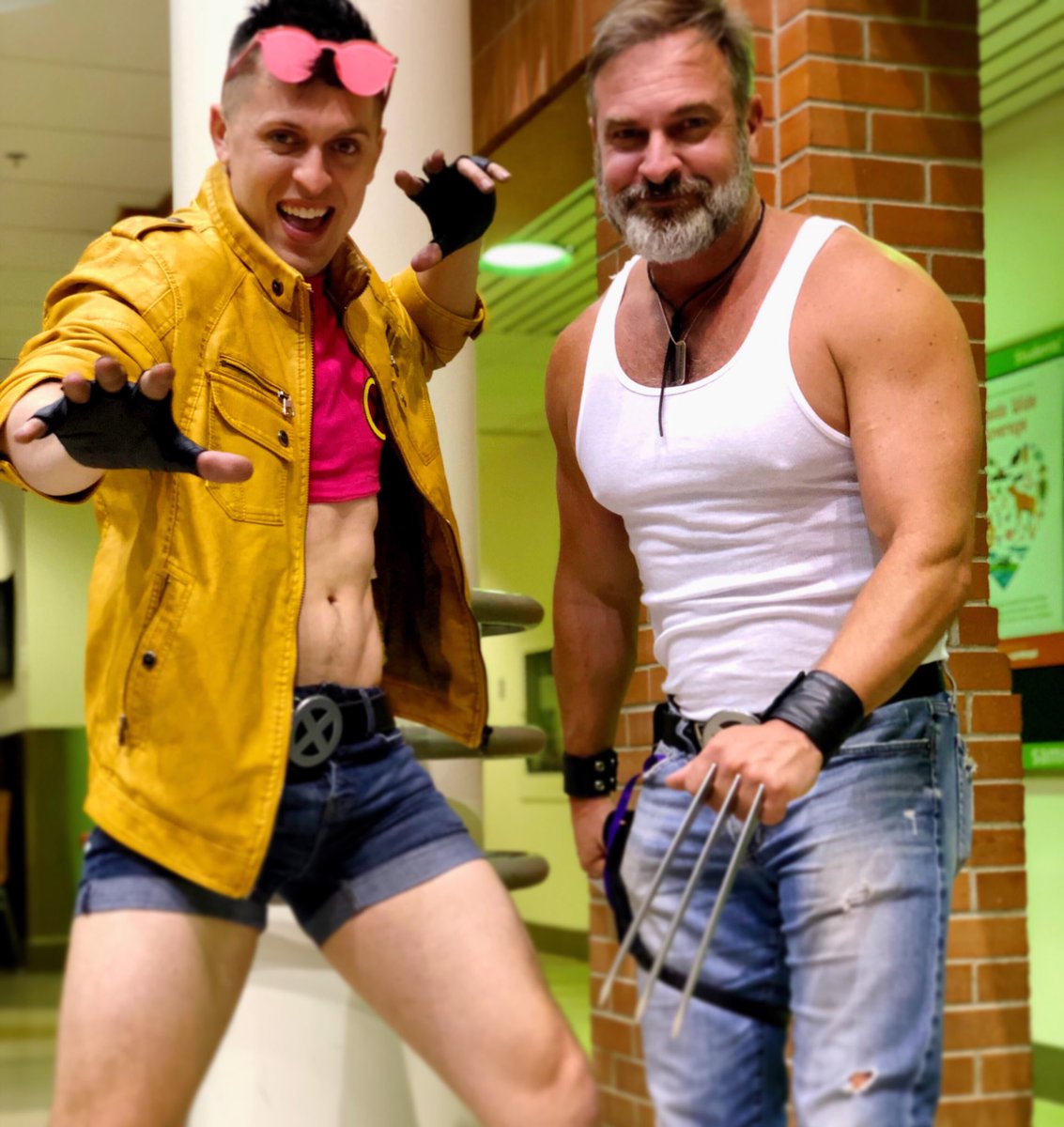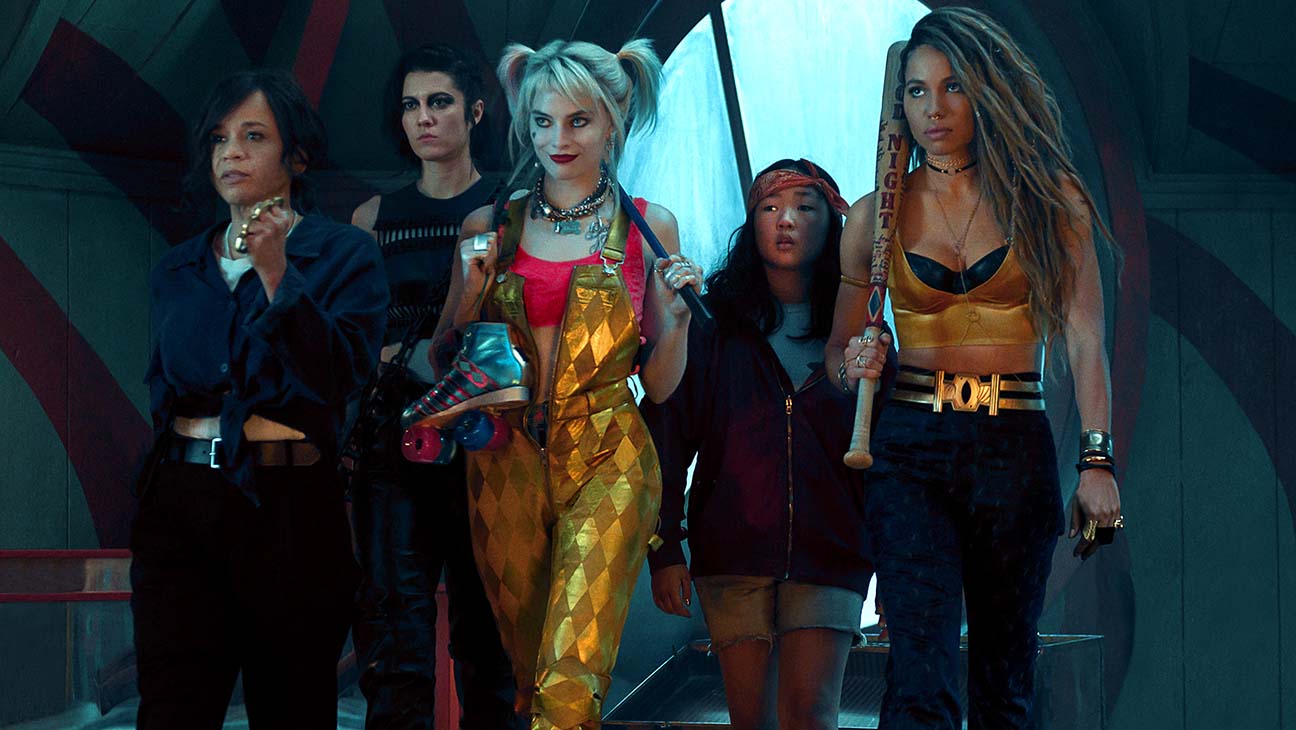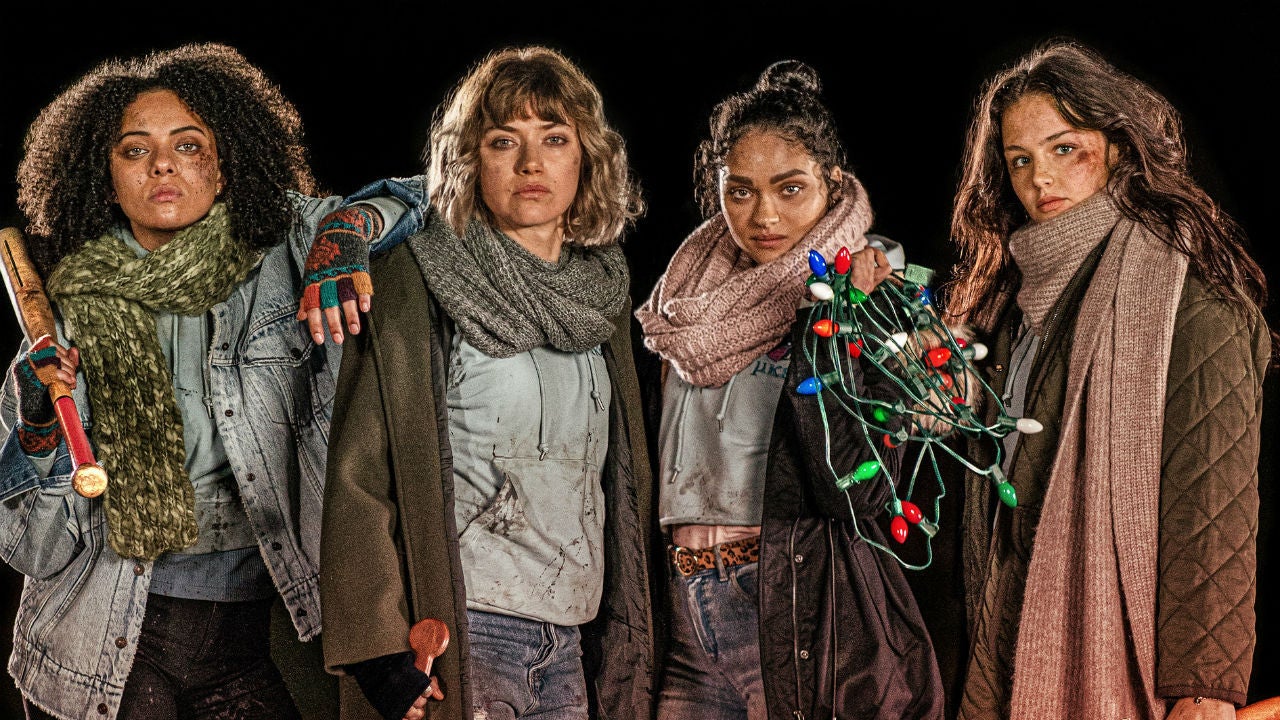
by Justin Lockwood | Apr 22, 2020 | Blog
The conversion therapy movement, spearheaded by the national organization Exodus International, is a bizarre and upsetting phenomenon ripe for demystification. That insight arrives in the form of Pray Away, a well-made documentary from director Kristine Solakis. It...

by Justin Lockwood | Mar 25, 2020 | Blog
During these trying times we’ve all come to rely, more than ever, on the essential services that keep us fed and healthy. Supermarkets. Pharmacies. Laundromats. …GameStop? If you’re hearing a chorus of “One of these things is not like the...

by Justin Lockwood | Mar 3, 2020 | Blog
An image of Amp Somers’ boyfriend and co-host, Kristofer Weston, ran afoul of Instagram guidelines. “Your Post Goes Against Our Community Guidelines.” This message and ones like it have become increasingly familiar to queer people using social media...

by Justin Lockwood | Feb 16, 2020 | Blog
Margot Robie Birds of Prey—which bore the Fiona Apple-esque subtitle And the Fantabulous Emancipation of One Harley Quinn before the Warner Bros. suits switched it to Harley Quinn: Birds of Prey—is a fantastic movie. The trailers had me worried this was...

by Justin Lockwood | Dec 19, 2019 | Blog
Imogen Poots is Riley in Black Christmas The latest victim of toxic internet backlash, Sophia Takal’s Black Christmas, remakes the classic 1974 horror film for the #MeToo era. In a society where a groundswell of support has taken down serial abusers like Harvey...






